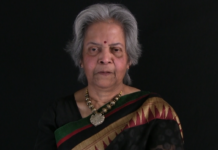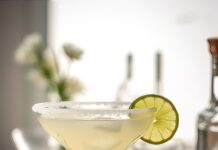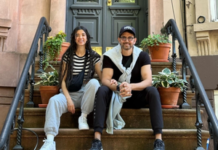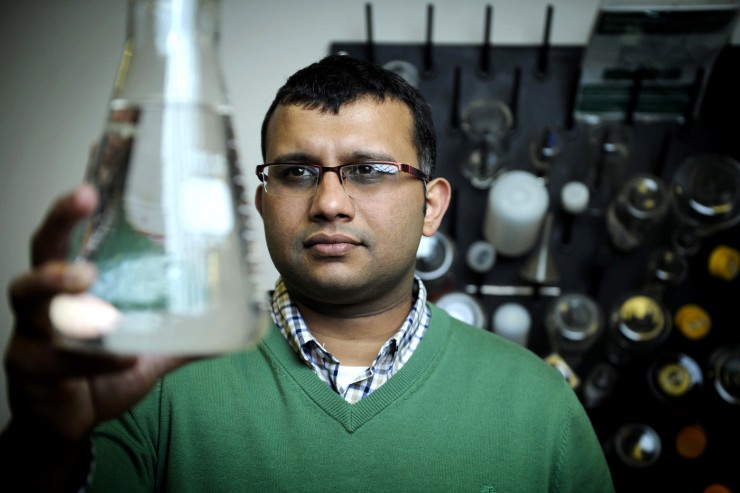
Drinking water has been at the forefront of the public conscious in recent months, with contamination crises in Flint, Michigan, Vermont, and upstate New York rendering water there unsafe to consume.
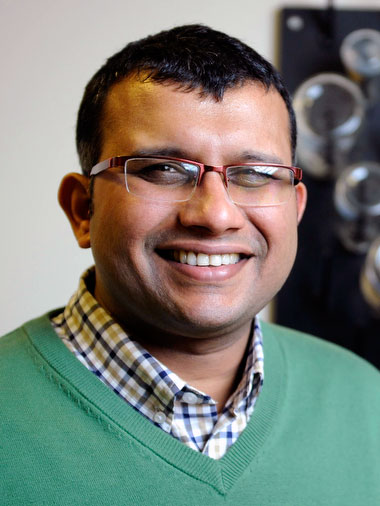
Northeastern University Faculty member Ameet Pinto, assistant professor in the Department of Civil and Environmental Engineering, is working to make drinking water even safer.
“Every liter of drinking water has 1 million to 100 million microbial cells in it,” Pinto explained. “It is still smaller than bacteria that might be in our food or associated with our bodies, but it is a component that has not been looked at very vigorously.”
Pinto arrived on campus in January and brought with him a curiosity about the underlying mechanisms that allow these treatment-resistant microbial communities to persist. He uses DNA sequencing to gather information about entire genomes and aims to design treatments to better manage the bacteria so they does not pose a threat to public health.
“One application that can come from this is if the organisms are already there, can we benefit from them in some way,” Pinto said. “And are there sustainable processes we can implement to exploit the already-present biology.”
Pinto began his undergraduate career studying chemical engineering, but a class in environmental pollution and control engineering inspired him to shift his focus toward environmental studies. From there he studied wastewater management, eventually identifying a void in the water treatment field in terms of utilizing biology present in water.
“On the wastewater side we exploit biology. It is central to the process,” Pinto said. “And on the drinking water side most of the effort goes toward removing bacteria. So when I made this transition, I felt there was a systematic difference in how things were perceived and what motivated people. There was not a lot of work done in terms of exploiting biology in drinking water.”
Pinto came to Northeastern from the University of Glasgow where he was a lecturer, and noted that the Department of Civil and Environmental Engineering’s strong reputation played a major role in his decision.
“When I was doing my graduate work at Virginia Tech, you would see associate professor April Gu’s work presented at conferences so I was aware of the program for a long time,” Pinto said. “I’m looking forward to collaborating with people who have very different expertise than mine to see if we can contribute to each other’s research.”
(Published with permission from News at Northeastern.)




